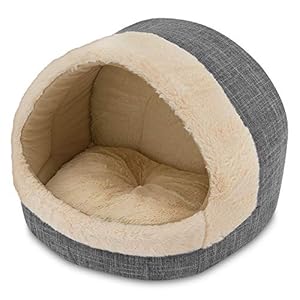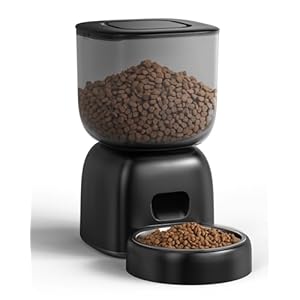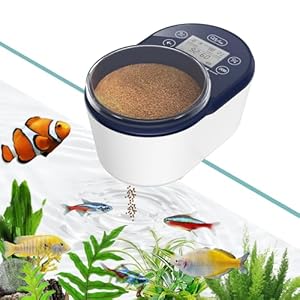
When it comes to preventing saddle sores in horses, understanding the importance of proper saddle fit is just the beginning. But imagine if there were more subtle yet crucial elements that could make a significant difference in your horse’s comfort and well-being. From grooming routines to riding techniques, each plays a vital role in maintaining your horse’s skin health and overall happiness. So, are you ready to uncover these hidden gems that could transform your horse’s riding experience?
Proper Saddle Fit
To prevent saddle sores in horses, make sure the saddle fits properly. Proper saddle fit is crucial in maintaining your horse’s comfort and preventing potential sores. Start by ensuring that the saddle is the correct size for your horse’s body shape and size. A saddle that’s too small can create pressure points, leading to irritation and sores. Conversely, a saddle that’s too large can shift excessively, causing friction and rubbing.
Next, pay attention to the saddle’s placement. The saddle should sit evenly on your horse’s back without any areas of uneven pressure. Make sure the saddle tree matches the shape of your horse’s back to distribute weight evenly. Adjust the girth carefully to secure the saddle without being too tight, as this can also lead to chafing and sores.
Regularly check the saddle fit as your horse’s body changes with exercise and age. By ensuring a proper saddle fit, you can help prevent saddle sores and keep your horse happy and healthy during rides.
Regular Grooming Routine
Ensuring a consistent grooming routine is essential for maintaining your horse’s skin health and overall well-being. Regular grooming helps prevent saddle sores by keeping your horse’s skin clean and free from irritants that can lead to sores. Start by brushing your horse daily to remove dirt, sweat, and debris that could cause friction under the saddle. Pay close attention to areas where the saddle makes contact with your horse’s skin, such as the withers, back, and girth area.
In addition to brushing, make sure to regularly inspect your horse’s skin for any signs of irritation, rubbing, or hair loss. Address any issues promptly to prevent them from developing into saddle sores. Use grooming tools appropriate for your horse’s coat type to avoid causing unnecessary discomfort or damage to the skin.
A consistent grooming routine not only helps prevent saddle sores but also strengthens the bond between you and your horse. It allows you to monitor your horse’s skin health closely and address any potential issues before they escalate. By incorporating regular grooming into your horse care regimen, you’re taking proactive steps to keep your horse comfortable and healthy during rides.
Correct Riding Technique
Maintain proper posture and balance while riding to prevent unnecessary pressure on your horse’s sensitive areas and reduce the risk of saddle sores. When riding, ensure your weight is evenly distributed and centered over the horse’s back. Keep your shoulders back, sit deep in the saddle, and relax your lower back and hips to move with the horse’s motion smoothly. Engage your core muscles to provide stability and support. Avoid leaning too far forward or backward, as this can create imbalances and increase pressure points.
Additionally, use your legs effectively to communicate with your horse instead of relying solely on the reins. Proper leg position and cues can help distribute your weight more evenly and prevent excessive rubbing of the saddle against your horse’s skin. Remember to adjust your stirrups to the correct length to maintain optimal alignment and aid in a balanced seat. By practicing correct riding techniques, you can help prevent saddle sores and ensure a comfortable ride for your horse.
Adequate Rest and Recovery
Resting your horse adequately and allowing for proper recovery time is essential in preventing saddle sores and maintaining their overall well-being. After riding or any strenuous activity, it’s crucial to give your horse time to rest. This downtime allows their muscles to recover and prevents unnecessary strain on their body. Additionally, proper rest helps in avoiding the development of saddle sores caused by prolonged pressure or friction.
Ensure that your horse has access to a comfortable and clean resting area. Providing a well-bedded stall or a suitable paddock gives them a chance to relax without being in contact with any irritants that could worsen saddle sores. Remember to check your horse’s saddle fit regularly and make adjustments as needed to prevent discomfort and potential skin issues.
Incorporating rest days into your horse’s training schedule can also help in preventing saddle sores. These breaks allow your horse’s skin to heal and prevent any further irritation. By prioritizing adequate rest and recovery, you can safeguard your horse’s well-being and minimize the risk of saddle sores.
Trending Products














